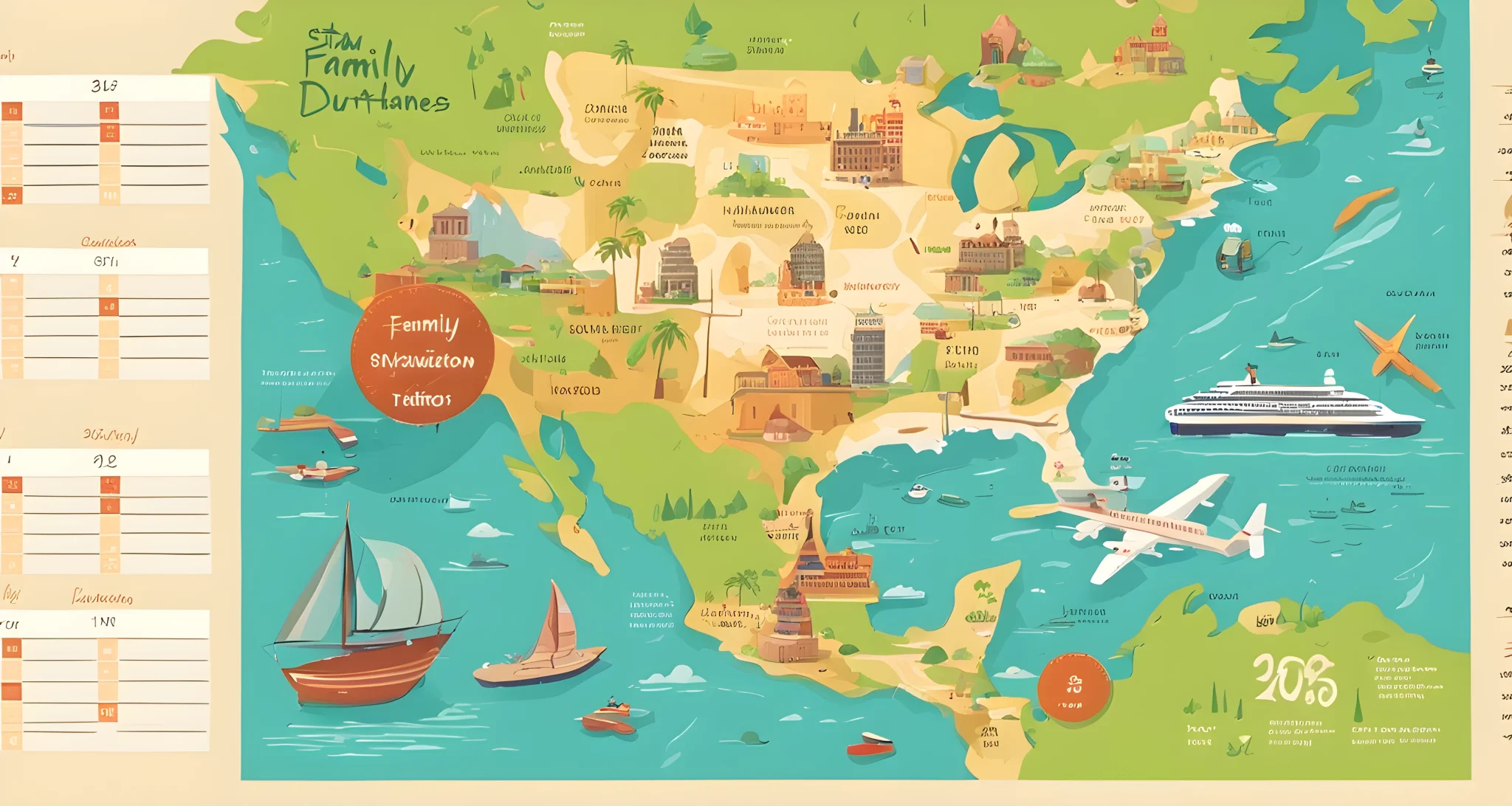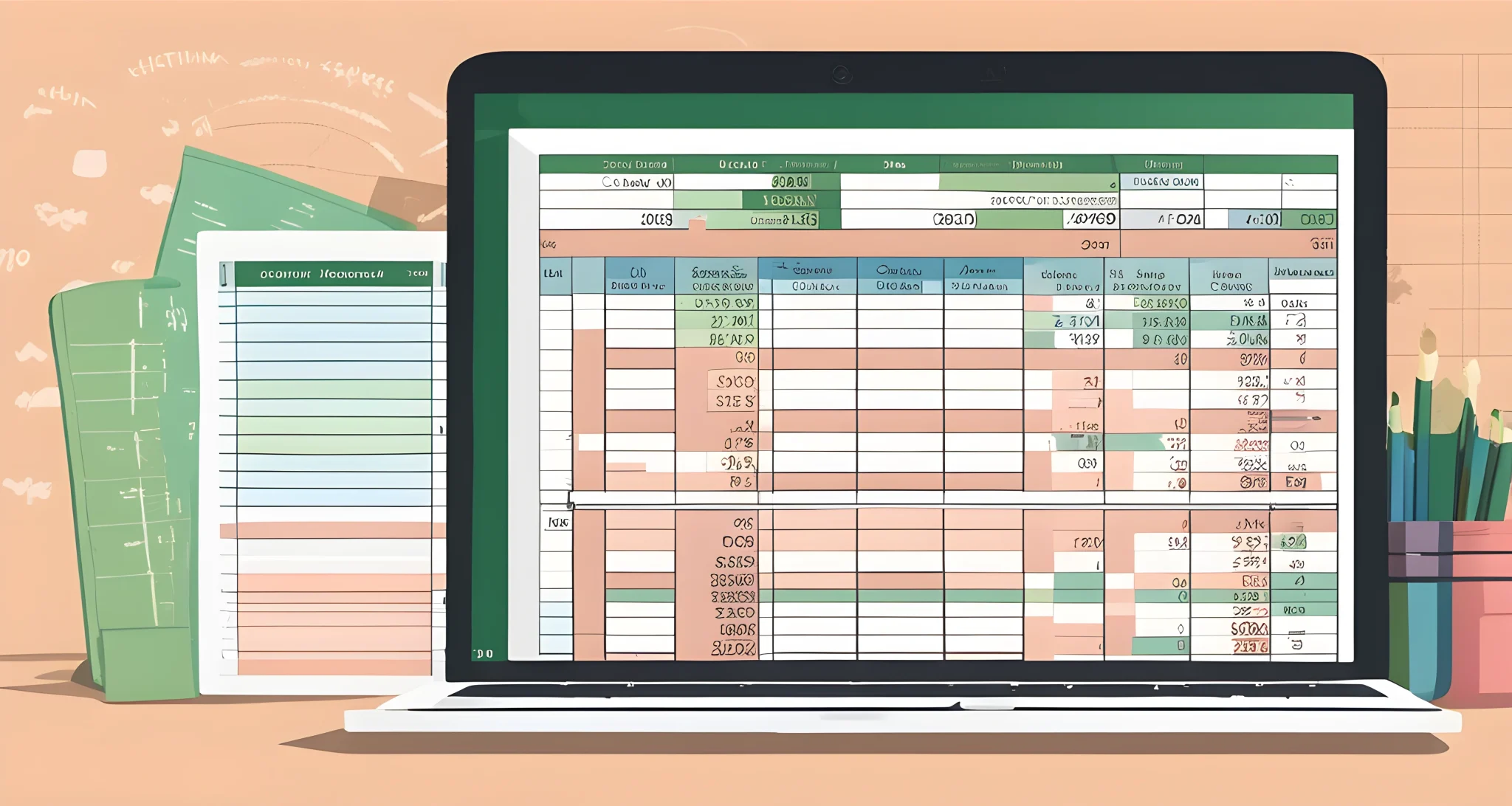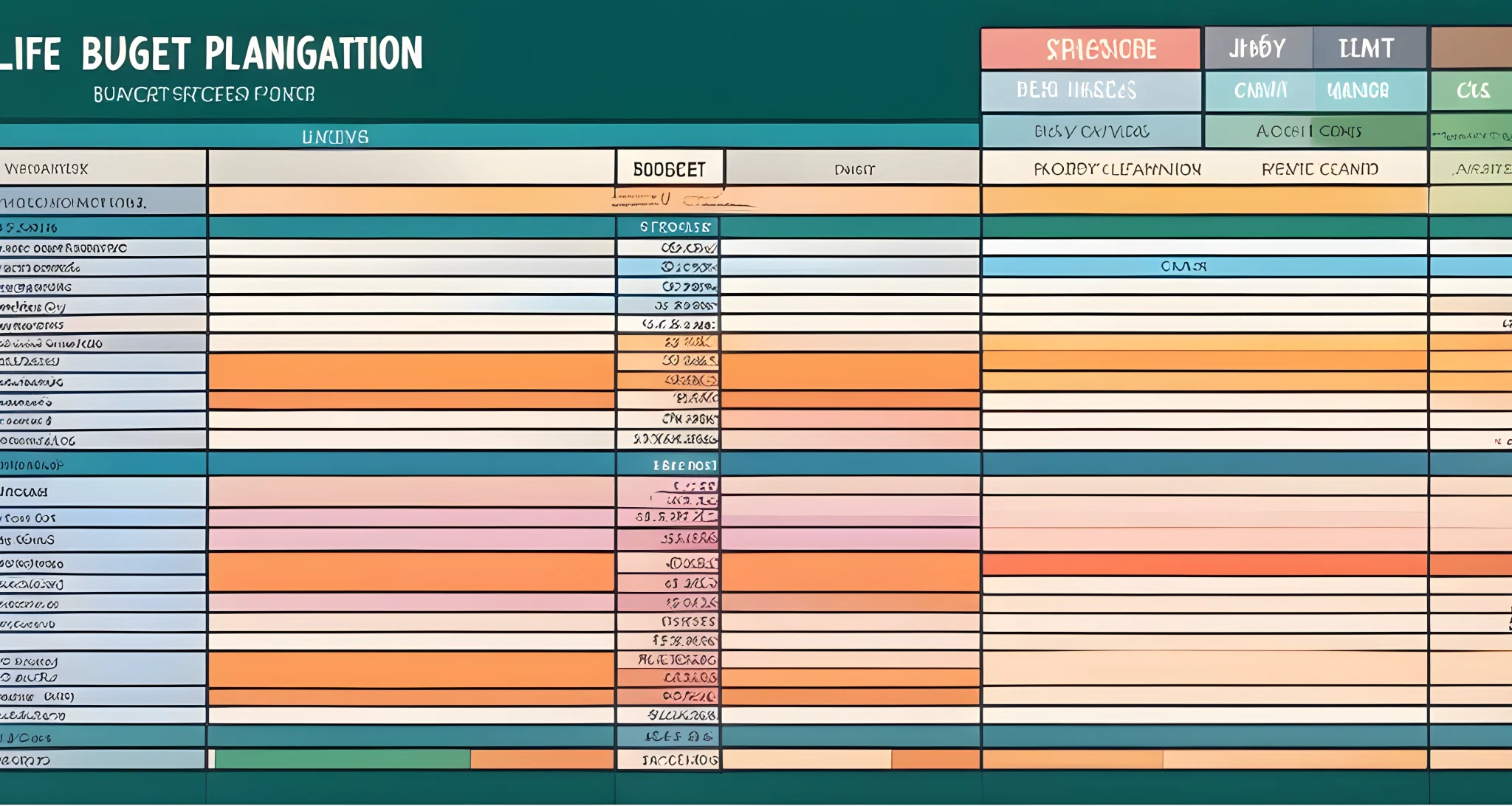Introduction
Planning a cheap family vacation requires careful consideration and strategic decision-making. It’s important to ensure that everyone in the family has a great time without breaking the bank. With the right approach, it is possible to have an amazing vacation without spending a fortune.
In this article, we will discuss some key steps to help you plan an affordable family vacation. From choosing your destination and researching average costs to creating a detailed travel budget spreadsheet and refining your budget with categories and subcategories, we will cover everything you need to know to make the most of your vacation budget.
When planning a family vacation, it’s crucial to be well-prepared and have a clear understanding of the costs involved. By following these tips, you can make the most of your budget and ensure that your family has a memorable and enjoyable trip without breaking the bank.
For more money-saving travel tips, check out our article on Money-Saving Travel Hacks to learn how to save money while traveling.

Choosing Your Destination(s) and Duration
When planning a cheap family vacation, the first step is to determine your desired destination(s) and duration. Here are some tips to help you make the right choices:
Determine Your Family’s Vacation Preferences
- Consider whether your family prefers beaches, mountains, or historic sites.
- Knowing your preferences will help you narrow down your options.
Consider Combination Destinations
- If you want to visit both beaches and mountains, consider destinations like Puerto Rico, which offers a mix of both.
Historic Sites
- For families who prefer historic sites, Washington, D.C. is a great choice, with many free museums and iconic monuments.
By considering your family’s preferences and interests, you can narrow down your options and choose a destination that everyone will enjoy. Remember to also consider the duration of your vacation. A longer duration may allow for more flexible travel options and potentially lower costs.

Researching Average Costs
When planning a family vacation, it’s important to research the average costs associated with your chosen destination(s) and duration. This will help you create a realistic budget and avoid any financial surprises. Here are some tips for researching average costs:
-
Use Travel Websites: Websites like Expedia, Priceline, and Travelocity offer a wealth of information on average flight and hotel prices. You can also take advantage of bundled deals for flights and accommodations to save money. Check out their deals and compare prices to find the best option for your family.
-
Consider Alternative Accommodations: In addition to traditional hotels, consider alternative accommodations like vacation rentals through Airbnb or VRBO. These options can often be more cost-effective and provide more space for your family. Plus, you can often find unique properties in great locations.
-
Local Attractions and Activities: Research the cost of local attractions and activities at your destination. Many popular tourist spots offer discounted tickets for families, so be sure to look for these deals in advance. Additionally, consider free or low-cost activities that the whole family can enjoy.
-
Food and Dining: Look into the average cost of food and dining at your destination. Consider options like grocery shopping and cooking meals at your accommodations to save money on dining out every day. Additionally, research local restaurants and eateries that offer budget-friendly menus.
-
Transportation: Research the cost of transportation at your destination, including public transit, rental cars, or rideshare services. Consider the most cost-effective options for getting around during your stay.
By thoroughly researching average costs for flights, accommodations, activities, dining, and transportation, you can create a realistic budget that allows your family to have an enjoyable vacation without breaking the bank.
For further advice on sticking to your travel budget, check out our article on Travel Budgeting Advice.
By taking the time to research average costs in advance, you can ensure that you’re financially prepared for your family vacation. This will allow you to make informed decisions about where to allocate your budget, ensuring that you get the most out of your travel experience without overspending.

Creating a Detailed Travel Budget Spreadsheet
To ensure that you have a clear understanding of your travel expenses, it’s essential to create a detailed travel budget spreadsheet. This will help you keep track of all costs associated with your family vacation and make sure you stick to your financial plan.
Researching Average Costs
Before you start filling out your budget spreadsheet, it’s crucial to research the average costs associated with your chosen destination(s) and duration. Use resources like Best Budget-Friendly Family Getaways to gather information on accommodation, transportation, meals, and activities. This will give you a realistic idea of how much you can expect to spend.
Categorizing Expenses
When creating your budget spreadsheet, organize your expenses into categories and subcategories. This will help you see where your money is going and identify areas where you can potentially cut costs. Common categories include:
- Transportation
- Accommodation
- Food and dining
- Activities and entertainment
- Miscellaneous expenses
Tracking Expenses
Once you’ve categorized your expenses, it’s time to start tracking them. Use separate columns for each expense category and update the spreadsheet regularly as you make purchases or reservations. This will give you a clear overview of how much you’ve spent and how much is left in each category.
All-Inclusive Resorts and Cruises
If you’re considering all-inclusive resorts or cruises for your family vacation, be sure to factor in these costs when creating your budget spreadsheet. While these options can be more affordable in some cases, it’s important to carefully consider the potential additional expenses such as excursions, tips, and souvenirs.
Free or Low-Cost Activities
When it comes to activities during your family vacation, look for free or low-cost options to help stay within your budget. Consider visiting local parks, exploring nature trails, or taking advantage of complimentary activities offered by your accommodation. Additionally, destinations like Disney Springs offer free entertainment options for families.
Loyalty Programs and Credit Card Rewards
To save money on accommodation and transportation costs, consider taking advantage of loyalty programs and credit card rewards. Many hotel chains and airlines offer loyalty programs that provide discounts, free nights, or complimentary upgrades. Similarly, using a rewards credit card for your travel expenses can earn you points or cash back that can be used towards future vacations.
By creating a detailed travel budget spreadsheet and following these tips for cost-effective family vacation planning, you can enjoy a memorable trip without breaking the bank. Remember to regularly update and review your budget as you make travel arrangements to ensure that you stay on track financially.

Refining Your Budget with Categories and Subcategories
Once you have researched average costs for your chosen destination(s) and duration, it’s time to refine your budget with categories and subcategories to ensure you have covered all potential expenses. This step is crucial in creating a detailed and comprehensive travel budget that will help you stick to your spending limits and avoid unnecessary financial stress during your trip.
Categories to Consider
When refining your budget, consider breaking down your expenses into the following categories:
- Accommodation: Research various options such as hotels, hostels, vacation rentals, or even camping to find the most cost-effective accommodation for your family.
- Transportation: Include costs for flights, rental cars, public transportation, and any activities that require travel.
- Food: Allocate a budget for groceries, dining out, and any specific culinary experiences you want to enjoy.
- Attractions and Activities: Plan for the cost of tickets to attractions, museums, tours, and other activities you want to do during your trip.
- Miscellaneous: Set aside funds for unforeseen expenses or souvenirs.
Subcategories for Further Detail
Within each category, create subcategories to provide further detail and organization in your budget spreadsheet:
- Accommodation: Break down costs by night or per stay, including taxes and any additional fees.
- Transportation: Separate costs by mode of transportation (e.g., flights, car rental, public transit) and factor in fuel or parking fees.
- Food: Divide expenses into groceries versus dining out, with an allowance for special meals or events.
- Attractions and Activities: Categorize by type (e.g., museums, outdoor activities) and allocate funds accordingly.
- Miscellaneous: Anticipate potential unexpected costs such as medical emergencies or last-minute purchases.
Utilizing Local Deals
Finally, research your destination thoroughly to find the best deals on food, transportation, and attractions. For example, in Los Angeles, you can enjoy free beaches and outdoor activities, and grab affordable meals at local eateries like Malibu Seafood. Similarly, in Sante Fe,
consider seeking out local discounts or promotions to stretch your budget further.
By refining your budget with detailed categories and subcategories while also taking advantage of local deals, you can ensure a more accurate estimation of your overall travel expenses. This level of planning not only helps you stay within your financial means but also allows for more flexibility in enjoying the experiences that matter most to you and your family.
FAQ
How do i determine the type of vacation my family wants?
Consider your family’s preferences for beaches, mountains, or historic sites to narrow down your options. for a mix of both beach and mountain destinations, consider places like puerto rico.
Where can i find the best deals for flights and accommodations?
Look for bundled deals on websites like expedia, priceline, and travelocity. consider alternative accommodations like vacation rentals through airbnb or vrbo for cost-effective and spacious options.
What are some affordable options for activities?
Look for free or low-cost activities like disney springs or visiting local parks. consider all-inclusive resorts or cruises for affordable options, and take advantage of loyalty programs and credit card rewards.
How can i find the best deals on food, transportation, and attractions at my destination?
Thoroughly research your destination to find affordable food options, transportation, and attractions. for example, in los angeles, you can enjoy free beaches and affordable meals at local eateries like malibu seafood.
